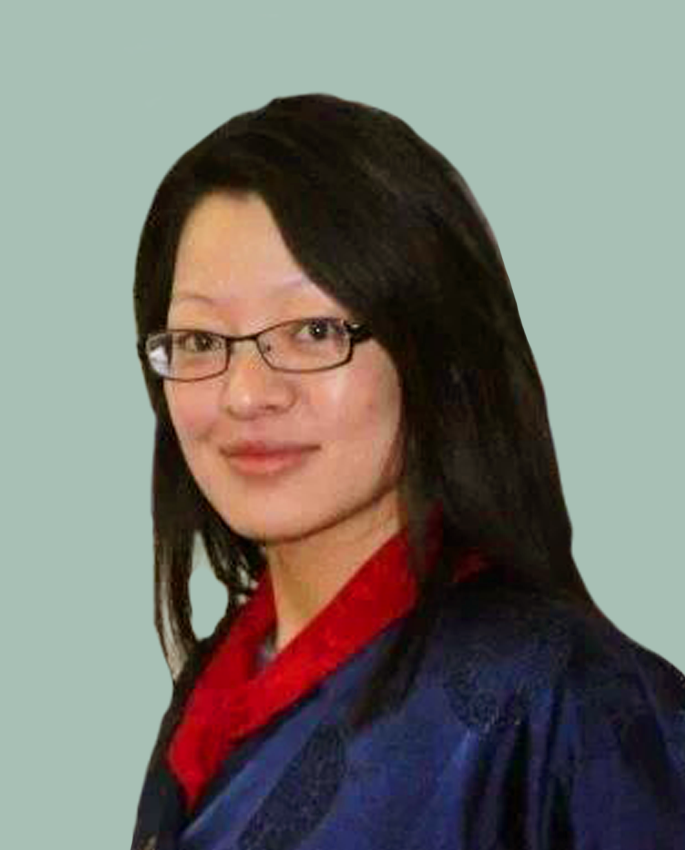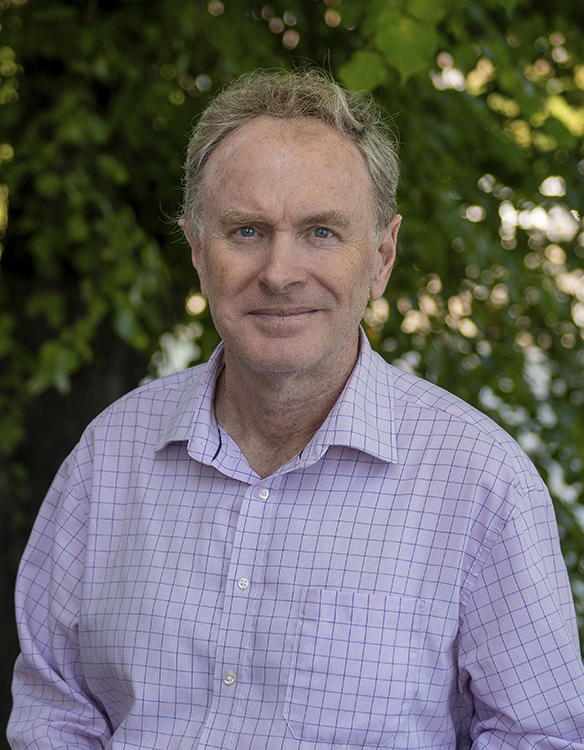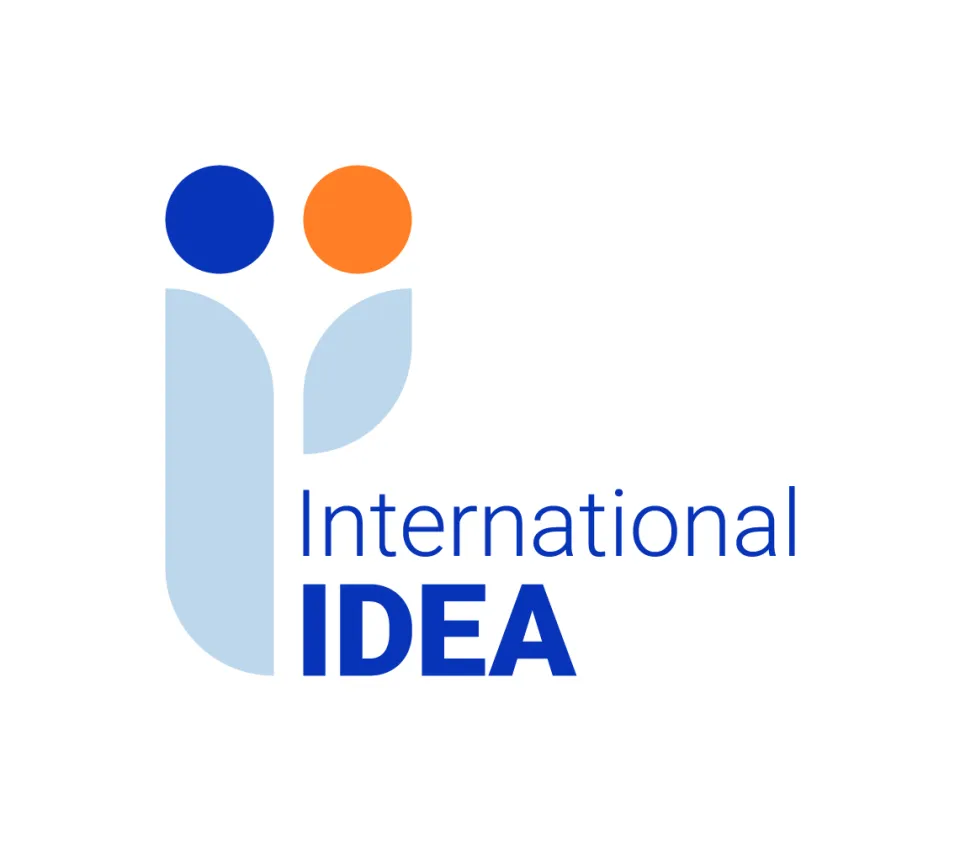Bhutan chooses an experienced hand at a critical time: Analysis of Bhutan’s election dynamics
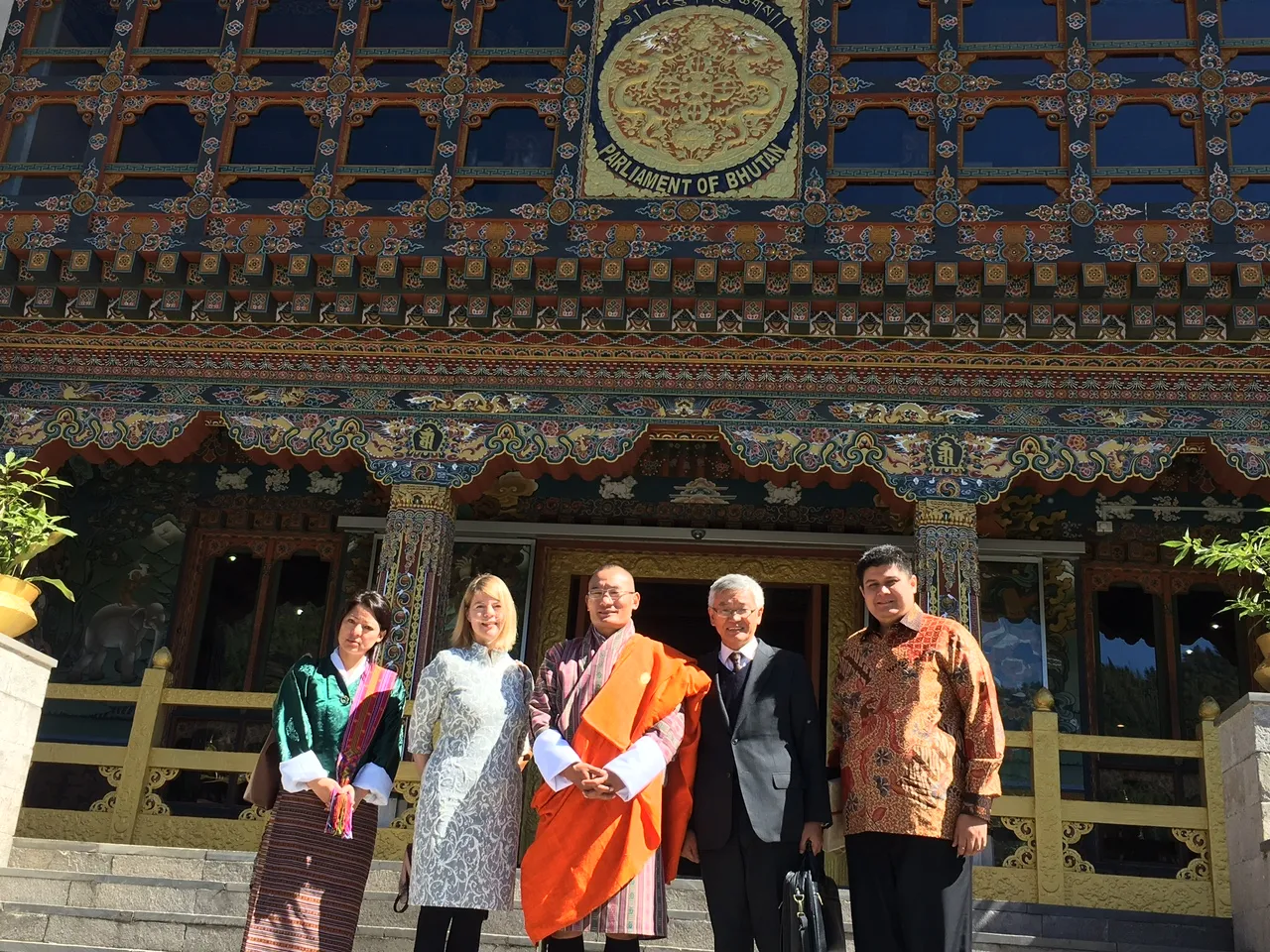
The 9 January election in Bhutan saw the People’s Democratic Party (PDP) led by a seasoned political leader, Dasho Tshering Tobgay, returned to the government after being ousted in the 2018 elections. As part of its electoral process, Bhutan has two rounds of elections. The first, known as the Primary Round, sees multiple parties contest to decide the two leading parties, which can go into the second, or General Round, by which the composition of the National Assembly’s 47 seats is decided.
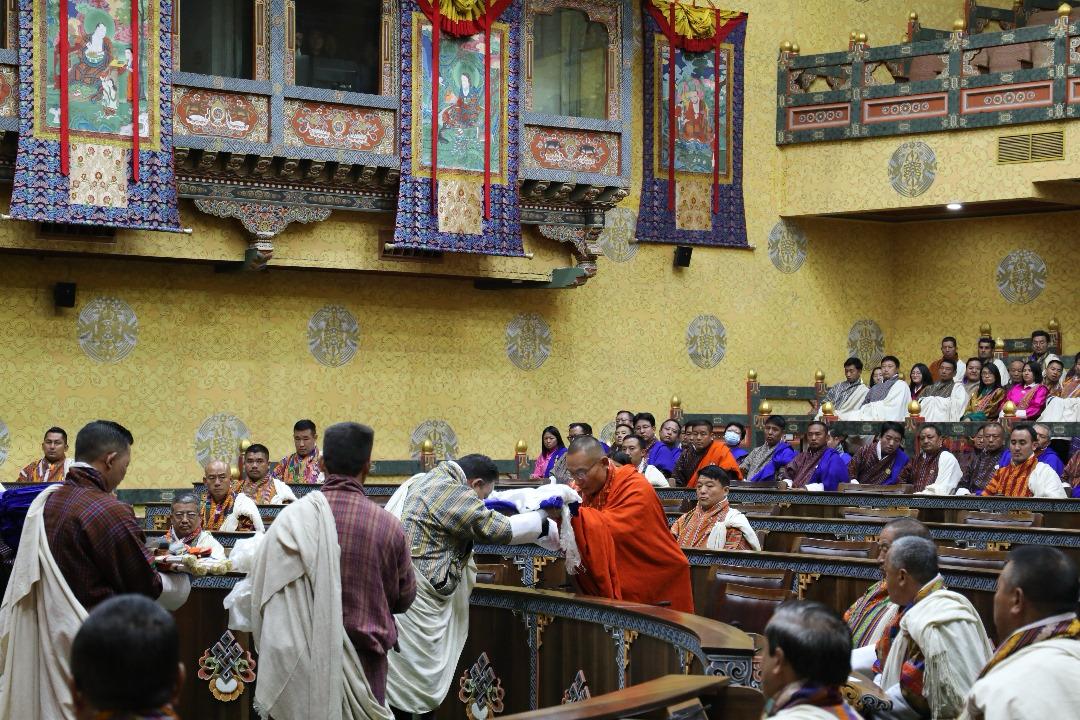
Image credit: Bhutan National Assembly, Facebook.
The PDP secured 30 seats and the Bhutan Tendrel Party (BTP) claimed the rest. The first round saw the participation of five parties, of which two were new and the three had previously formed governments since multi-party democracy was introduced in 2008.
The election was held against the backdrop of a weakening economy in the country with the external reserves reaching a low of $467.05 million in September 2023. The constitution mandates a minimum threshold to meet the cost of one year’s worth of essential imports. The September figure was perilously close to the threshold necessitating a ban on import of non-essential goods.
Economic growth has been sluggish since the Covid pandemic, and recovery of the travel business has been slow. As reported by the Kuensel in January 2024, the country’s national debt surged to Nu 279.93 billion or 103.2 percent of the gross domestic product (GDP) in 2023. The country is also grappling with two, linked challenges: the alarming loss of skilled workforce due to migration, particularly in critical sectors like health and education, and the inability to create gainful employment opportunities for its young population.
The sense of urgency likely explains the fact that 65.6% or 3,26,775 out of the 4,98,135 eligible voters turned out to vote as reported by the Election Commission of Bhutan (ECB), which incidentally withdrew some postal ballot facilities as part of its overall electoral reforms and cost saving measures. Most notably, postal ballot facilities for overseas Bhutanese, except for diplomats and students, have been withdrawn. Cost saving measures in a tough economic situation also saw the reduction of polling stations and officials.
Fig.1 National Assembly Elections
|
Year |
Number of registered electors |
Voters |
Voter Turn out |
|
2008 |
318'465 |
252'812 |
79.38% |
|
2013 |
381'790 |
252'485 |
66.13% |
|
2018 |
438'663 |
313'473 |
71.46% |
|
2024 |
498'135 |
326'775 |
65.60% |
These measures were in line with the ECB’s ongoing innovative measures to improve cost efficiency while focusing on better inclusiveness. One example of this measure is the provision of special arrangements for seasonal migratory voters. During the Covid pandemic, the ECB provided Paper Ballot Facilitation Booths (PBFB) and Mobile Voting Booths (MVM) as a way of conducting the Local Government (LG) elections at a time when elections in the region were either postponed or were held in unsafe conditions. However, the latest austerity measures were expected to impact the voter turnout. In the end, the urgency of the economic circumstances meant that voters seem to have been unfazed and turned out in impressive numbers in a country where its mountainous terrains mean voters take arduous journeys to cast their votes.
All political parties made the quick and lasting fix of the country’s economy their campaign pitch. Some parties went as far as promising investment in foreign economies as a measure of increasing profitability of Bhutanese business ventures and employability of Bhutanese youths in these countries.
In the end, the electorates’ decision boiled down to who was seen as a steady hand to steer the country through one of its most challenging times in its modern history. The three preceding elections saw a new party in the government as anti-incumbency sentiments jeopardized the electoral chances of ruling parties. The Druk Nyamrup Tshogpa (DNT) suffered this faith too as its management of the post-pandemic economic recovery was seen as largely unsatisfactory by the people.
Despite being the newest party, the BTP received a sizeable show of support, particularly from the voters in eastern Bhutan. The party was headed by a former civil servant and had a good mix of experienced professionals as its candidates including three women.
It was PDP however which received the resounding majority, with 58-year-old Dasho Tshering Tobgay returning for his second term as the Prime Minister. Having served in several senior civil service positions before becoming the first Opposition Leader in 2008, Tobgay is a Harvard educated political leader with a well-respected track record of delivering on all his major political pledges in his last term including establishing the domestic helicopter service and a sweeping educational policy decision of establishing centralized schools consolidating smaller rural schools.
Tobgay was also seen as being diplomatically well networked with his popular TED talk and global tours, and his proximity with important political and business leaders around the world. He is seen as especially favourable with India, which is the largest development partner of Bhutan. His election is expected to bring in enhanced support from India at a critical time for the country.
Togbay and his party also promised to bring in new sources of foreign investments at a time when the country is embarking on a radical transformation process including the establishment of a major special economic zone called the Gelephu Special Administrative Region (GeSAR) where a Mindfulness City inspired by the country’s Buddhist heritage will be built.
The PDP titled its manifesto as “A Contract with Bhutan” and presented 13 comprehensive pledges to make Bhutan a US$ 5 billion economy, doubling its current size. It also promised to increase the GDP per capita to US$ 12,000 in the next 10 years from the current US$ 3,400. As an immediate relief measure, it promised to mobilise Nu 15 billion to kickstart the economy. With its comprehensive manifesto and a well-established network of party supporters in each constituency as the oldest party in the country, PDP received the electoral mandate to form the government.
To close observers, the election also highlighted aspects of regionalism in Bhutanese politics as the PDP could secure only one seat from the east whereas the BTP could not win any seats in the west and south. This voting outcome reflected the ethnicity of the party leaders, who are respectively from the west and east. Observers point out that both the parties must embark on a healing journey and legislate and govern in a fair manner to bring about harmony both inside and outside of the parliament.
A downside of the election was that only two women were elected, one from each party that fielded three women each. In total 24 women participated in the primary round from the five parties, which fielded 235 candidates in total. In the 2018 elections, female representation was 10.1% with 7 out of 10 getting elected in the general round. The last two governments each had one woman minister, and this trend continues in the current one.
Fig.2 Women in National Assembly
|
Year |
Women Candidates |
Elected |
Percentage % in NA |
|
2008 |
10 |
4 |
8.5 |
|
2013 |
24 |
4 |
8.5 |
|
2018 |
18 |
7 |
14.9 |
|
2023 |
26 |
2 |
4.3 |
Statistics from ECB
Observers have raised concerns about the continued underrepresentation of women in parliament. Advocates, such as the Bhutan Democracy Dialogue (BDD) forum have recommended various measures from introduction of a time-limited quota system to the nomination of only female candidates in selected districts to allow a level playing field and boost women’s participation. But such recommendations have been met with concerns about the availability of willing and qualified female candidates.
A temporary special measure, such as a quota system could potentially boost women’s participation and improve their representation, fostering a more inclusive political landscape. Siok Sian Pek-Dorji, former executive Director and founder of the Bhutan Centre for Media and Democracy, Civil Society Organization in Bhutan, emphasized the need to “review and consider a timed duration of the quota system to expedite the progress towards gender equality in political participation and review it after 10 years to see how to make it work better with each election period”. Without such a provision, it “will take a very long time for Bhutan to achieve gender equality in women participation in politics,” she said.
Despite these discussions, the persistent underrepresentation of women in leadership positions underscores the necessity for comprehensive measures to address barriers hindering women's political engagement, ensuring a more inclusive and representative democracy in Bhutan (Kuensel, dated 13 January 2024).
However, the composition of the new PDP government cabinet has sought to address this gender and regional imbalance as the lone PDP candidate to win from the east has been inducted into the cabinet. The lone winning woman candidate has also been included in the cabinet despite the relative youth of these candidates in comparison to other senior ministerial candidates in the party.
By choosing the dynamism of younger ministerial candidates under a seasoned Prime Minister, PDP’s cabinet unveiled on 28 January is designed to meet the PDP’s promise “For a Better Druk Yul.” The Bhutanese electorates are excited to see how well the government with its overwhelming parliamentary majority can take stewardship of the country at a critical stage in its history.
Article written by Karma Dema.
